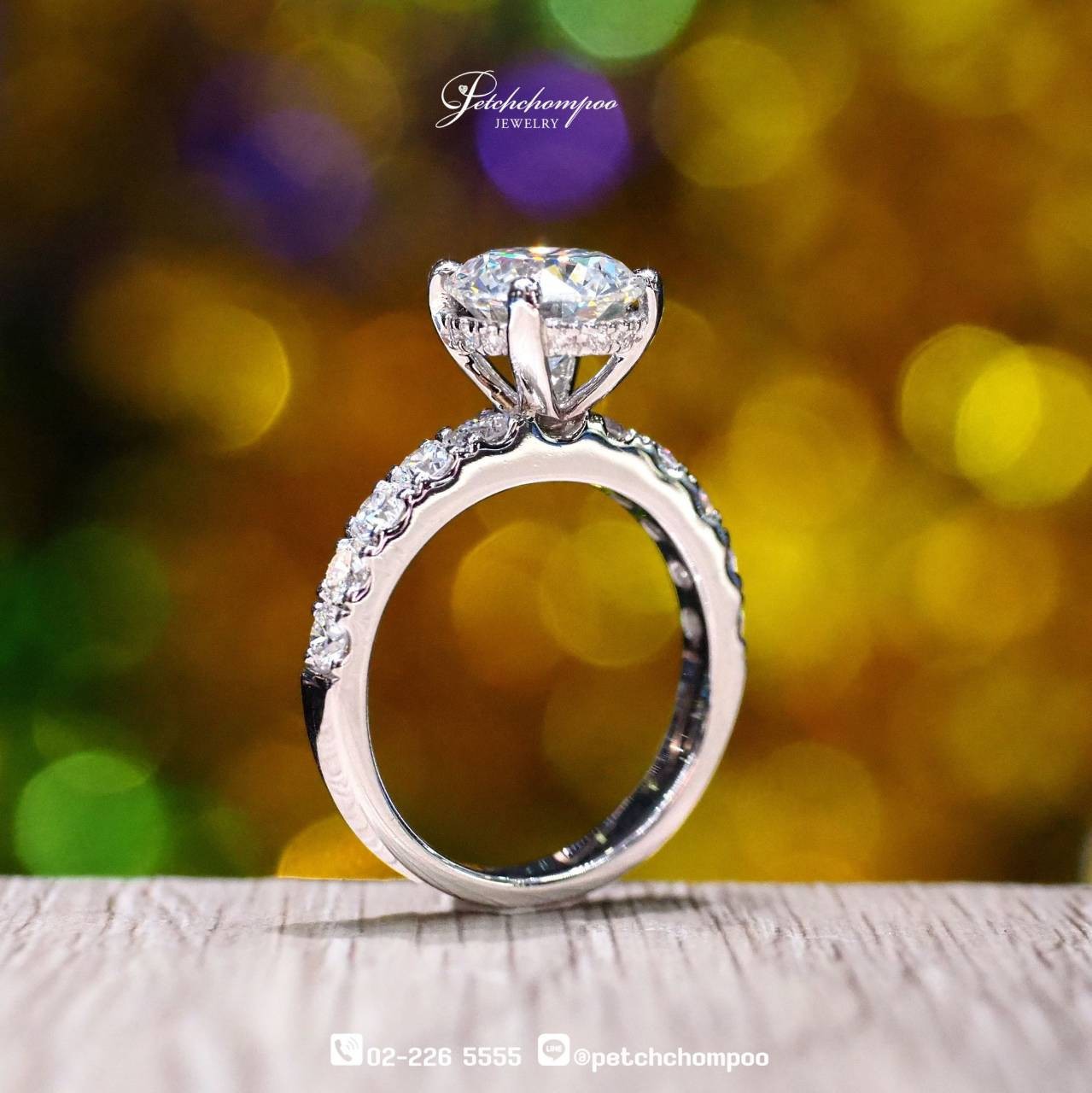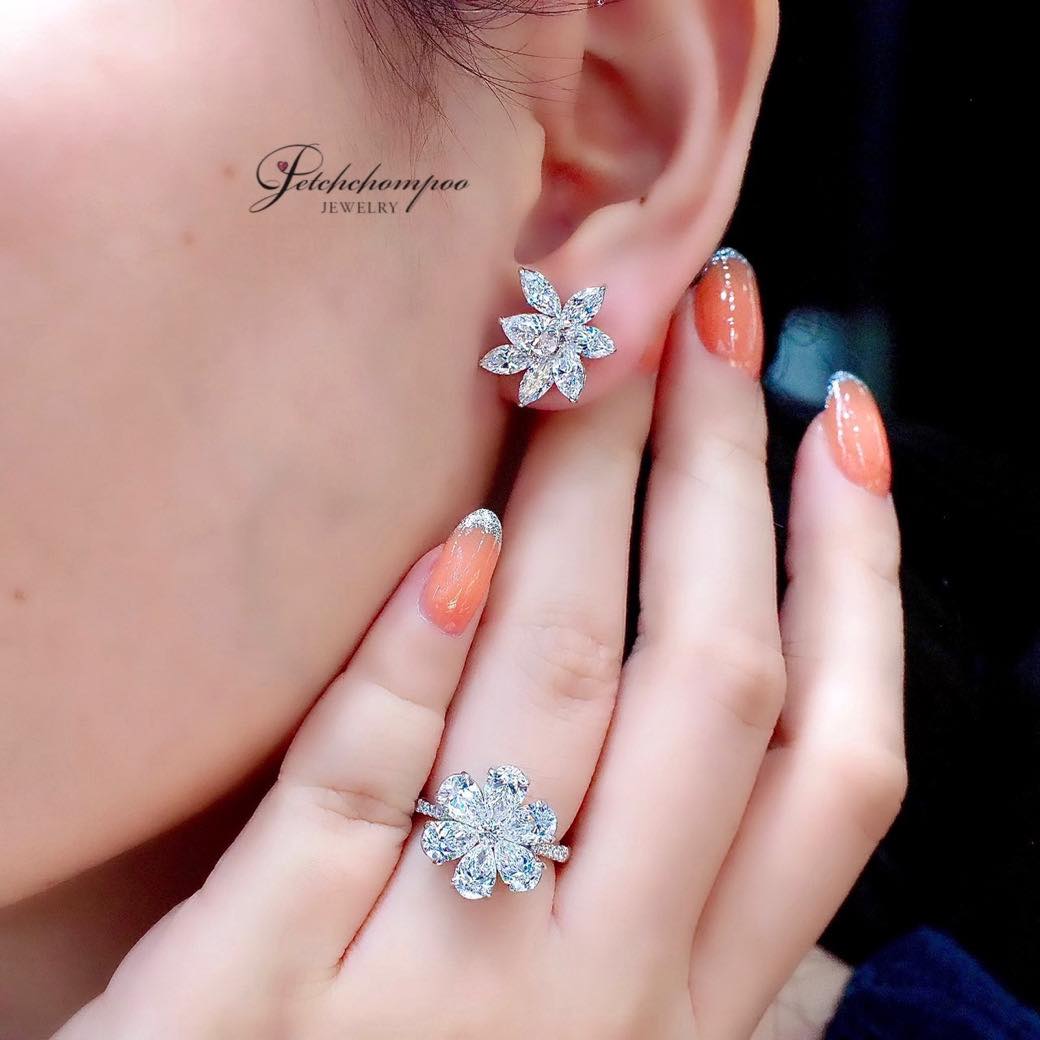What Colors Do Real Diamonds Come In? Whoever Said Diamonds Are Only White?
When we think of diamonds, most of us picture dazzling white gems sparkling under the light. But in reality, diamonds don't only come in white—they exist in a stunning range of colors. That said, white diamonds remain the most popular and in-demand type on the market today due to their brilliance and versatility.
Even within white diamonds, there’s a grading system based on color, ranging from D to Z on the GIA color scale. A diamond graded D—often referred to as “100% water” in Thai gemology—has no detectable color and is the most sought-after. As the scale progresses toward Z, the diamond begins to show noticeable yellow or brown tones.

So, What Colors Can Real Diamonds Be?
Any diamond that exhibits a color beyond the D–Z white-to-yellow range is classified as a “Fancy Color Diamond.” These diamonds are incredibly rare and often far more expensive than their colorless counterparts.
Here are some stunning natural diamond colors and how they form:
-
Blue Diamonds: Result from the presence of boron atoms within the crystal structure.
-
Yellow Diamonds: Contain nitrogen impurities, which absorb blue light and emit a yellow hue.
-
Green Diamonds: Caused by natural radiation, which disrupts the carbon atoms and allows the diamond to absorb red light and reflect green. In some cases, elements like nickel or hydrogen may also contribute.
-
Red and Pink Diamonds: Formed under intense heat and pressure that distorts the atomic structure. Red diamonds are rarer than pink ones.
-
Purple Diamonds: Thought to be the result of unusually high levels of hydrogen. Most are dark or deep purple, with true pure purple diamonds being exceptionally rare.
-
Orange Diamonds: Result from a mix of nitrogen atoms arranged in a way that emits a range from reddish-orange to yellow-orange hues.

What’s the Difference Between “100% Water” and “99% Water” Diamonds?
Now that you know diamonds aren't only white, let’s dive deeper into the most prized colorless diamonds.
-
A “100% water” diamond (D color) is completely colorless and reflects light brilliantly. It's rare and expensive.
-
A “99% water” diamond (E color) is nearly colorless and very difficult to distinguish from a D-color diamond without specialized equipment.
In fact, D and E color diamonds are almost indistinguishable to the naked eye, and only trained gemologists can truly tell them apart. For those on a budget, opting for an E (99% water) or even F color (98% water) diamond can be a great way to save money without sacrificing beauty or quality.